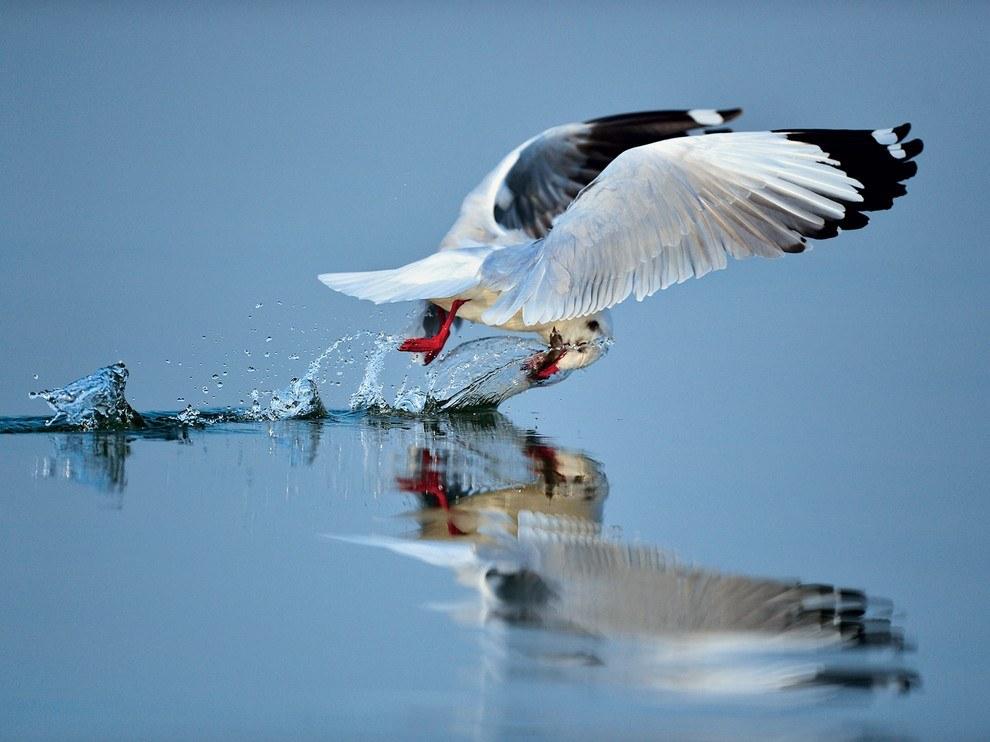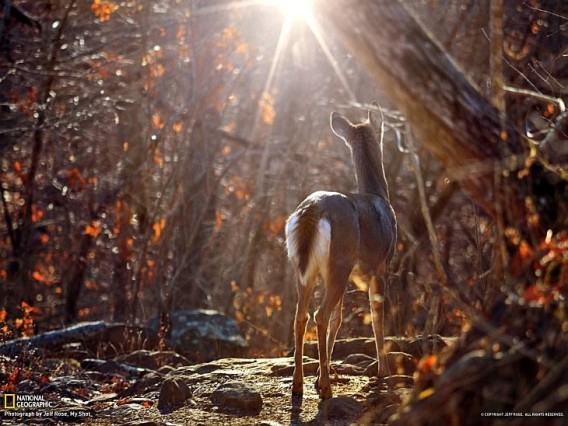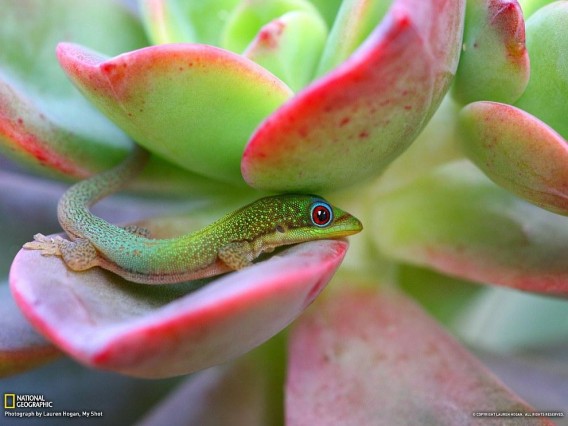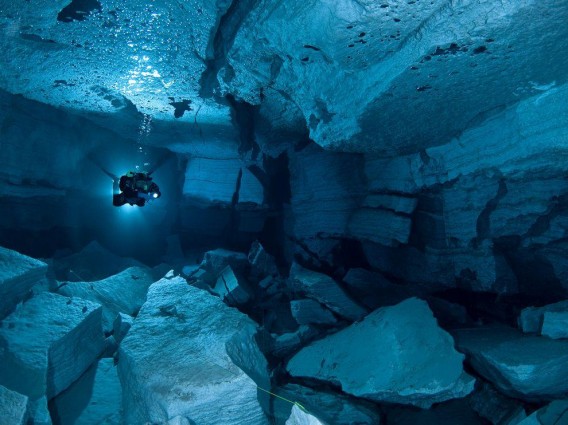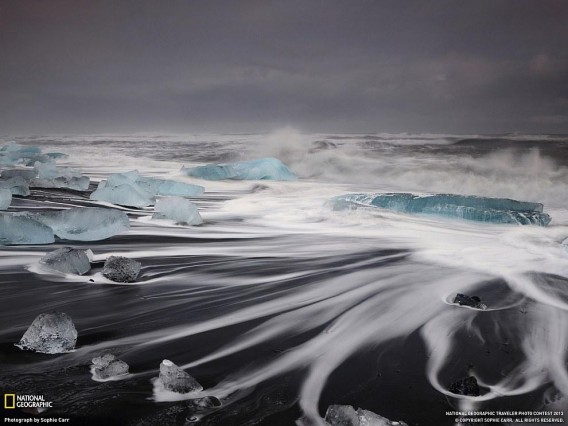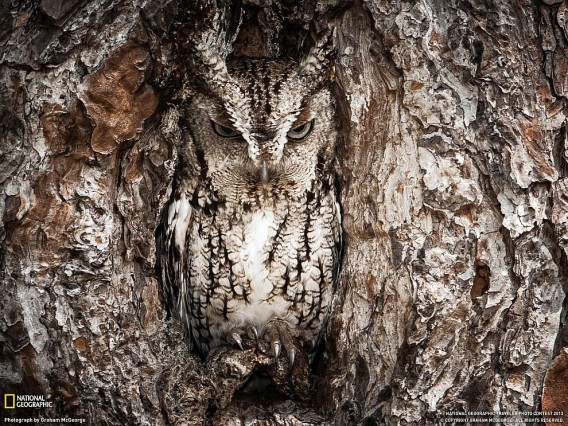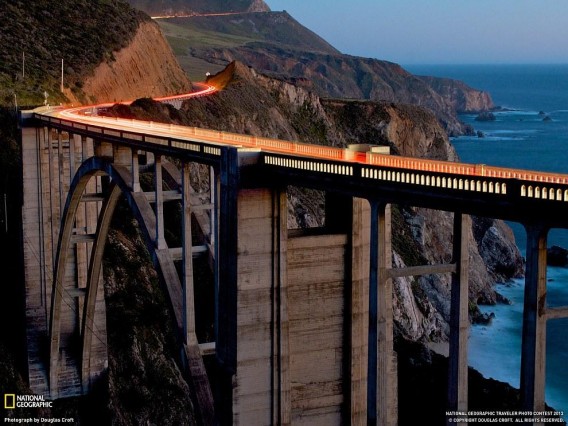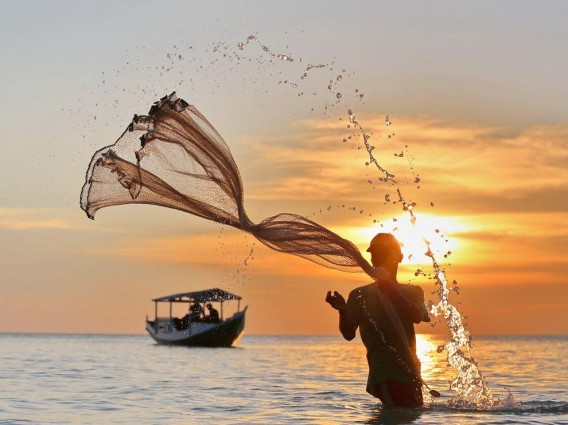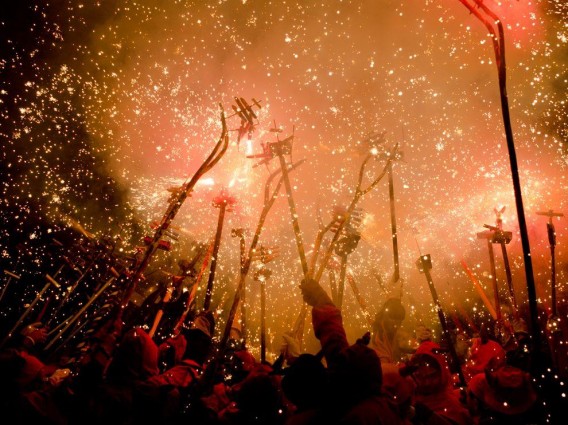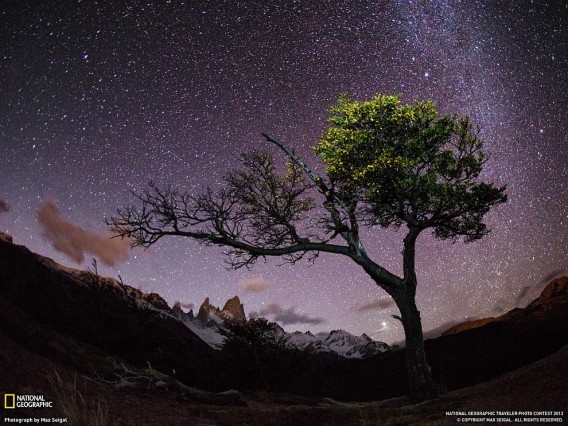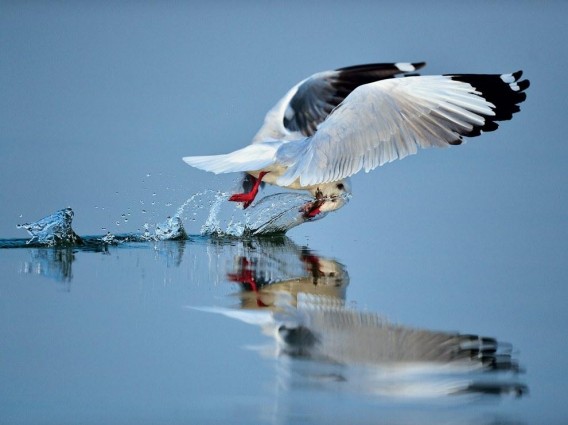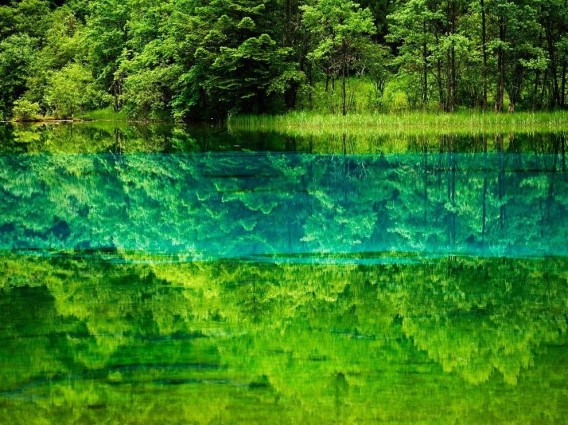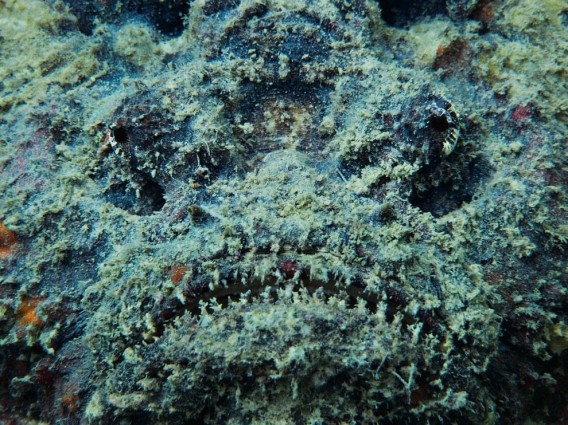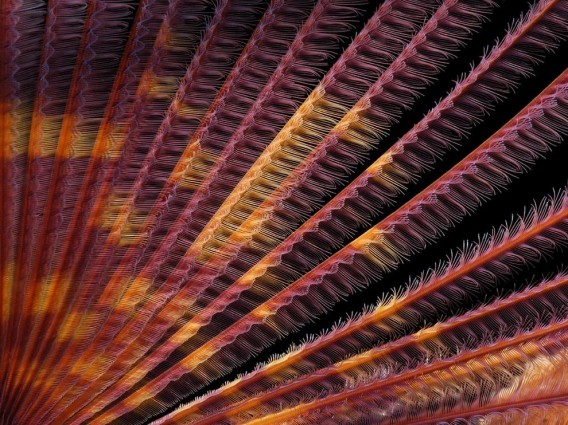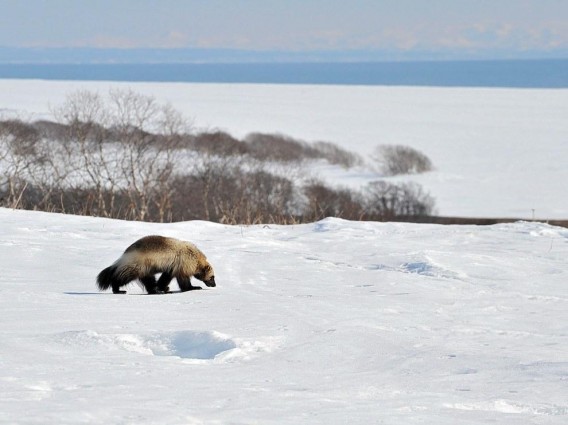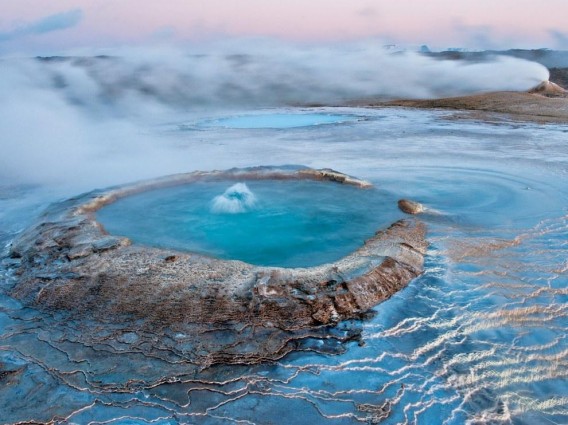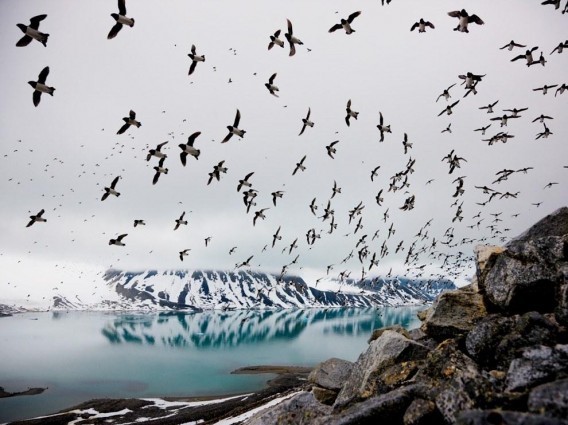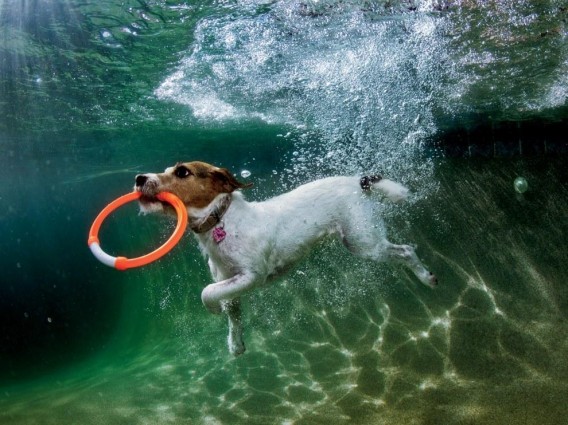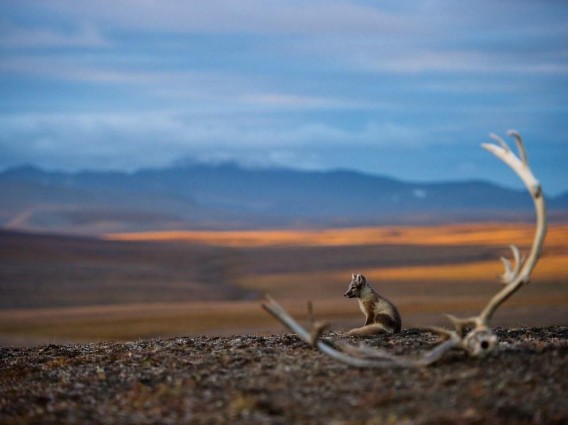Enjoy the Best pictures of June 2013 of National Geographic magazine.
Virginia deer, Arkansas
One of the most common species of cervids in North America. Interestingly, in 1920 the population of deer in Arkansas was only 200 goals. (Photo by Jeff Rose):
Comorian day gecko
These geckos are diurnal, feed mainly on insects and nectar of flowers, their color changes depending on the temperature and lighting. (Photo by Lauren Hogan):
Orda Cave
It is the world’s largest underwater gypsum cave, located in the Perm region of Russia. (Photo by Viktor Lyagushkin):
Waves and icebergs, Iceland
(Photo by Sophie Carr):
North American moth
(Photo by Graham McGeorge):
Bixby Creek Bridge, California
Bixby Creek Bridge – an engineering marvel. More than a million tourists and photographers from all over the world stop here every year to enjoy the magnificent views. (Photo by Douglas Croft):
Fisherman in Indonesia
(Photo by Dody Kusuma):
Fireworks and demons in Catalonia
(Photo by Carlos Rodriguez Pacheco):
The night sky, Patagonia
(Photo by Max Seigal):
Brown-gull, India
Last year, during a trip to the reservoir on the river Bhima, where they overwinter flamingos, the photographer said Brown-seagull gliding over the water. He pressed the camera just at the happy moment when a seagull vytsepili fish out of water. (Photo Chandrabala Singh)
Five Flower Lake, China
Heaven and earth are reflected in the lake of the five colors, fancifully colored mineral salts and water plants. The Chinese call this picture magic. “Nothing on earth can compare to Jiuzhaigou” – they say. (Photo by Michael Yamashita)
Borodavchatka
Reefs in the Pacific is very difficult to see borodavchatku – fish, the encounter that all forces should be avoided. If the poison of the spines on its back and kill you, unbearable pain is guaranteed. (Photo by Mattias Klum)
The tentacles worm-sabellida, Hawaii
With a large increase in the photo is visible network of thin hair-worm sabellida. The hairs are separated aqueous slurry into several streams that bring particles – including minerals and detritus for the protective “House” – right in the mouth of the animal. Bright colors warn predators that the worm can be poisonous. (Photo by Darlene A. Murawski)
Wolverine, Kamchatka
Even through the thick layer of snow wolverine can smell prey. Vision in this predator is bad, but hearing and smell – are excellent. (Photo by Sergey Gorshkov)
Hveravetlir, Iceland
In Hveravetlire (meaning “hot springs on the plain”) in the XVIII century in a cave hidden among the legendary Irish fugitive from the law Fyalla-Eyvindur and his wife. A few winters they warmed themselves at the source and stealing sheep to summer pastures. (Photo Orshoya and Erlen Harberga)
Svalbard, Norway
Svalbard ecosystem includes the sky, the sea and the coast. Small razorbills nest on ledges of cliffs and dive for copepods cancers. Decomposed remains of birds and their droppings are the fertilizer for moss undergrowth where foxes ambush. (Photo by Paul Nicklen)
Parson Russell Terrier, United States
Parson Russell Terrier named Lulu alight on water in the pool in the U.S. Phoenix (Ariz.). To capture the moment when she grabs a toy thrown into the water, the photographer took ten attempts, the ability to work under water and fantastic skill. (Photo by Seth Casteel)
Fox, Wrangel Island
Young foxes in the autumn begin to develop the territory and more rarely returned to the den where they were born and spent the first three months of life.(Photo by Sergey Gorshkov)
Images Source
